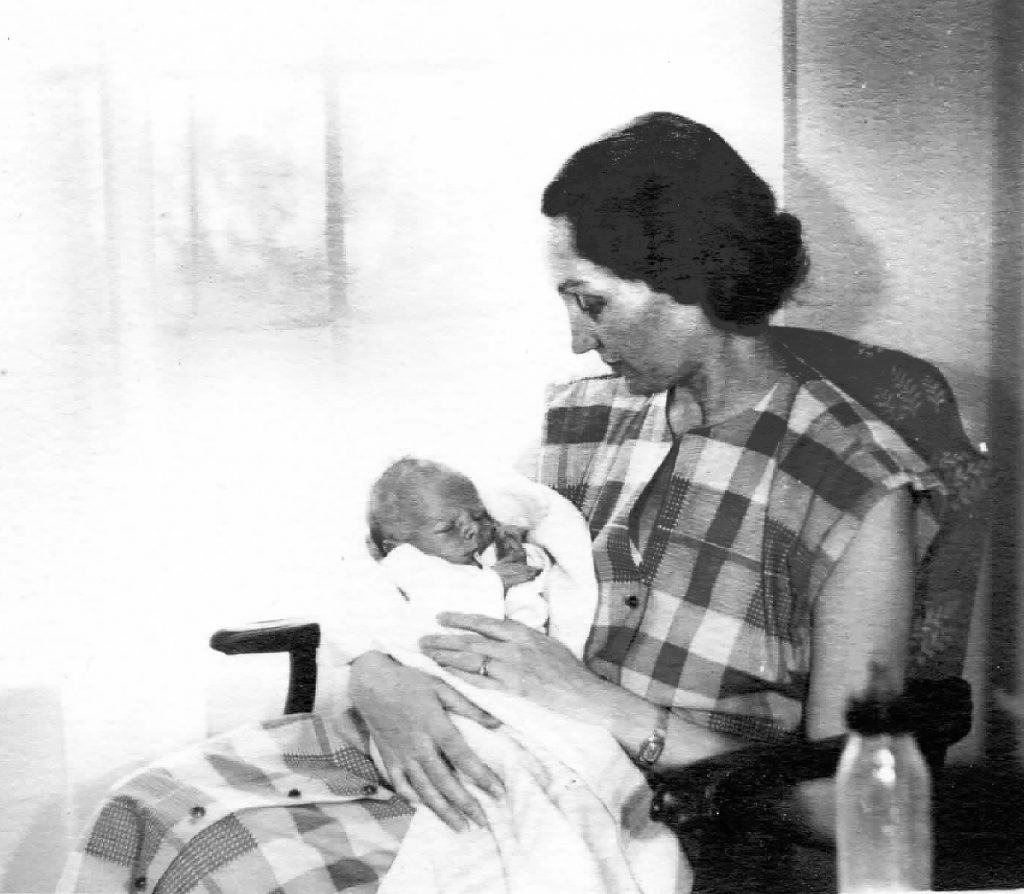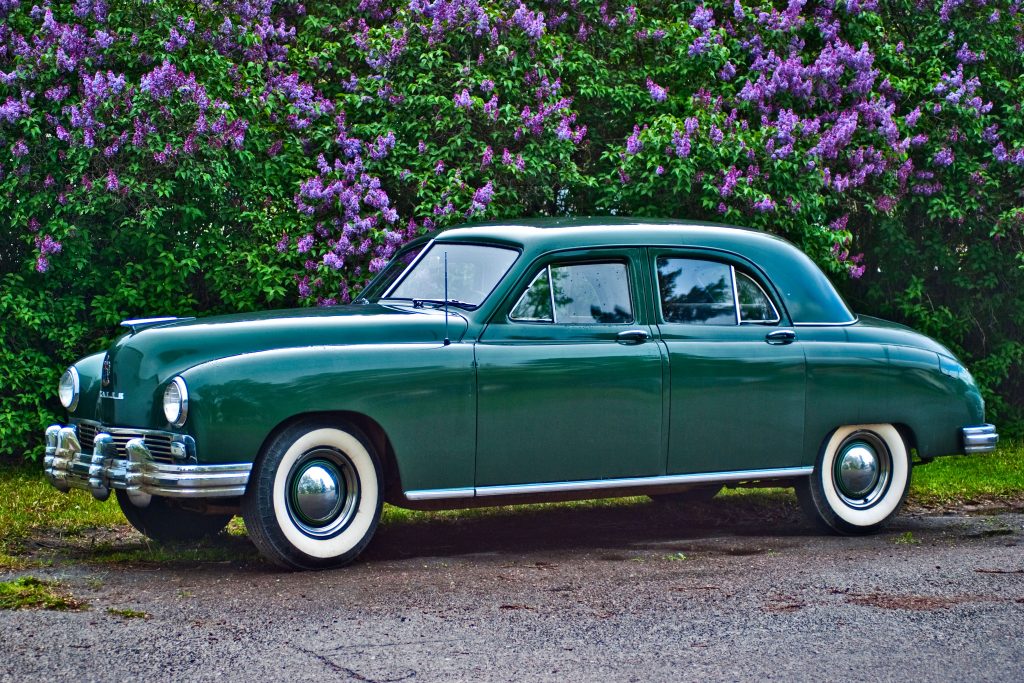Laurel, Montana

In June, 1949, Bishop Glenn Randall Phillips appointed my father pastor of the yoked parish of Park City and Laurel, Montana. In Methodist parlance, a yoked parish means two or more separate churches. On their own, neither church can support a pastor. This practice stems from the very early days of Methodism in North America. The church did not have enough pastors. Most Methodist ministers rode horses from church to church in a circuit. We called these pastors “Circuit Riders.” In 1949, we still used the term “circuit” to describe two or more churches with a single pastor. When he was in college at West Virginia Wesleyan, Father served a circuit of six rural churches.
The photograph above shows the Laurel United Methodist Church as it exists today. In 1949, that building did not exist. Laurel Methodists built it under Father’s leadership. Father was extremely proud that two years and nine months after breaking ground, the church members were able to burn the mortgage. The sanctuary seats 700. The first service in the new building had standing room only. Understand that in 1950, the U.S. Census counted 3,663 people living in Laurel. Of course there were a lot of farm and ranch families living outside the town proper.

A Very Difficult Pregnancy
Father’s previous parish had been in Stevensville, Montana, the church that brought my parents west from West Virginia. They moved to Stevensville in 1946. In early 1949, they learned that my mother was pregnant. My parents had been married for 15 years and had lost two boys at birth. Mother had a very difficult pregnancy with me. By June, Mother had made three trips by ambulance from Stevensville to Missoula, 30 miles away. With Father’s transfer, Mother’s doctor told her she would have to stay in Missoula until I was born. Mother responded that she had to go with her husband. “You’ll lose the baby,” the doctor said. Mother replied “That’s a chance I’ll have to take.” Mother and Father moved to Laurel, and in October, Mother gave birth to me. C-Section, two weeks prematurely, but I lived.
Church and Other Suppers
How did the Laurel, Montana church members pay off their mortgage so quickly? They hosted church suppers. As I stated above, there were many farm families among the church membership. Boy could those farm wives cook. Father claimed that he spent so much time at church suppers, he lost his boyish figure.
I’m not sure what my mother contributed to those suppers, but I do know she was an excellent cook. She had an old stove-top pressure cooker, but nothing like a modern Instant Pot™. Nor did she have a slow cooker. One would have come in handy. In our home, we always ate Dinner at 2:00 p.m. Note that we did not eat Dinner every day. Dinner was a Sunday and Holiday meal. Supper was the evening meal. A slow cooker would have allowed her to put the meal together before leaving the parsonage, and Dinner would have been ready after church.
Chicken and Dumplings
Mother made one of my comfort foods, Chicken and Dumplings, quite often. Grandma made the dish on a regular basis, and taught mother how to make it. Mother made it in a large pot on the stove-top. I learned how to make it in the slow cooker, and dare I say it? My chicken and dumplings is a better dish than mother’s. (There, I said it out loud!) It’s the only thing I cook better than she did.
I no longer follow a recipe when I make the dish, but today’s Recipe of the Day is quite similar to what I do. I substitute onion powder and garlic powder for the fresh veggies. Only on rare occasions do I add peas. But the biggest change is that I NEVER use pre-packaged biscuits instead of home-made dumplings. Joy of Cooking has an excellent recipe. I mix the batter up and add it to the slow cooker about 15 minutes before serving. The secret of having light, fluffy dumplings is to leave the lid on while they cook. When Grandma was cooking, Uncle Brady would come into the kitchen and lift the lid. That caused the dumplings to “fall,” or get dense. Grandma always upbraided Uncle Brady for ruining supper, but he did it on purpose. He liked the denser texture.
Father’s First New Car
While still in Stevensville, Father traded in his 1936 Ford for a 1947 Kaiser. He had owned two cars previously, but the Kaiser was the first car he bought new off the lot. It was also the only car he ever bought “on time.” My parents moved to Laurel, Montana in that Kaiser, and when Father brought me home from the hospital, he drove the Kaiser. I can’t say I remember the car, because in 1950, Father replaced it with a new Ford. I have only vague memories of the 1950 Ford, but I was very young at the time.
Henry Kaiser’s New Cars
The Kaiser was a product of the Kaiser-Frazer Corporation, founded in the waning days of World War II by industrialist Henry J. Kaiser. Kaiser had his hands in many pots, but had made a fortune building warships for the US Navy. With the end of the war, he sought a way to continue building his empire. What better way than cars? Americans had not seen a new car since 1942. There had to be a market there. Furthermore, Kaiser had an advantage. While all his competition still had their 1942 designs, Kaiser had never built a car. That meant that he wasn’t stuck with five year old models. He could start from scratch. That was also his biggest disadvantage.
Enter Joseph Washington Frazer. Kaiser knew he didn’t know the auto industry. But Frazer? Well let’s just say he did know it, inside and out. It was Frazer who told Walter Chrysler to name his new inexpensive car “Plymouth.” Frazer went on to head up Willys-Overland and headed that company when it got the US government contract to build General Purpose vehicles for the war. You know the General Purpose vehicle, the G-P, the Jeep? Frazer had moved on to head up Graham-Paige when Kaiser asked him to join in his new venture. Joe said sure, if we build a car with my name on it.
My 1948 Frazer
You know that I love to photograph cars. The sad truth was that I had no photographs of a 1947 Kaiser. And Father’s photographs might have shown the car, but only with the trunk open and an elk carcass sticking out. Or two fishermen, a string of fish between them, standing next to the car. Poppa did not photograph cars, not even his own.
In April, 2011, Kevin and I were driving through central Montana when I yelled “Stop the car! There’s my Kaiser. I need to photograph that Kaiser.” Kevin stopped, and I jumped out of the truck. I was so excited that I didn’t notice I was running through knee-high snow drifts. Only when I processed the pictures did I notice the snow falling heavily all around us. By the end of May, that Kaiser was parked at our home in Missoula. Only it wasn’t a Kaiser. The car I saw parked along Montana Highway 200 west of Lewistown, Montana, was a 1948 Frazer.
Kaisers and Frazers shared a body, much like Fords and Mercurys did before Mercury died off. The trim differed on the two cars, but the overall body shape was identical. Kaiser-Frazer made only small, cosmetic changes from the 1947 model to the 1948. 1951 marked the last year for the Frazer, and 1955 for the Kaiser, at least in North America. In my adult life, I have seen three Frazers, and I own two of them. It is today’s Classic Car of the Day.

We leave Laurel, Montana
In the Methodist Church, a minister’s appointment to a parish is for one year. At Annual Conference (mid June, in my experience), the Bishop reads the appointments for the next year. A minister might return to the same parish, or might move on. When I was growing up, the Bishop read the appointments on Sunday afternoon, the last day of Conference. Ministers (and their families) had to be in their new parish the following Sunday. No time to say good-bye.
Leaving Laurel carried even more baggage for us. The District Superintendent had told the Laurel church members that Father would return. The same D.S. told the Mountain View church members that they would not like their new minister. When word got out that Father would be going to Butte, 400 telegrams flooded the Bishop’s office. “You have to stop this!” the Bishop told Father. “I didn’t start it,” Father replied. June 1954, saw the Spellman family leave Laurel, Montana and move to Butte.

Video and Guest Site of the Day
The guest site is a blogger I just discovered, Nomadic Matt, and the blog I shared talks about the misconceptions people have about bloggers who love to travel. Seemed appropriate. The Video of the Day is the first of a week’s series on Split Toning when processing photos in Adobe Lightroom. I counted over fifty YouTube videos on Split Toning, and I watched several. Mark Denney’s video is the best introduction I found and I’m happy to share it with you. There will be more tomorrow. Count on it!
And US residents, don’t forget to set your clock’s ahead, unless you live in Arizona.
![]()


Wonderful bio. Thanks
Thank you, Randy. I really appreciate your views.
My spouse and I stumbled over here coming from a
different page and thought I might as well check things out.
I like what I see so now i’m following you. Look forward
to looking into your web page repeatedly.
Thank you for your kind comments and for following my blog. Let me know if there is something specific you’d like me to address. –Bryan